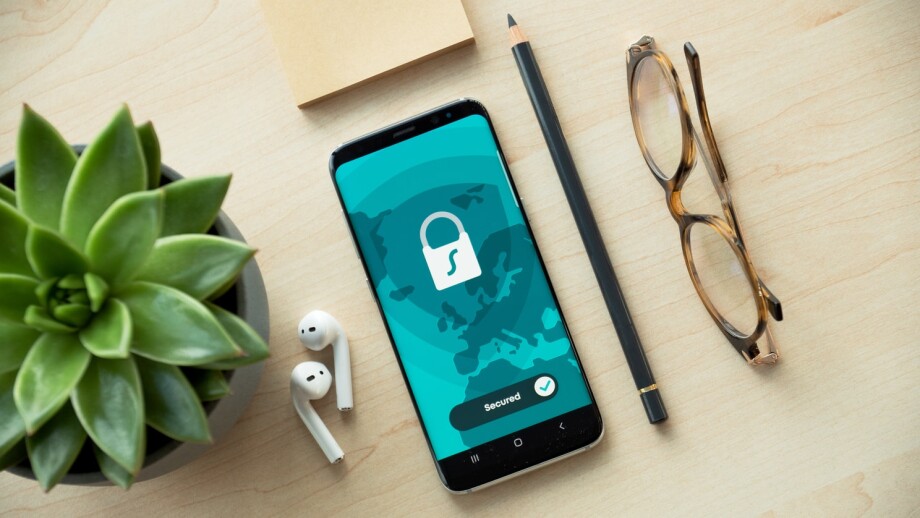In the modern world of technologies it is a vital skill to be well aware of cybersecurity issues and how to be protected online. Therefore, teachers must devote some teaching time to cybersecurity. Cambridge dictionary defines cybersecurity as things that are done to protect a person, organization, or country and their computer information against crime or attacks carried out using the internet. In other words, cybersecurity is the work we do to protect computers, mobile devices, services, electronic systems and the information on them from being used in ways other than how they were intended to be used or to minimize the damage when it happens.
In this article, we will present a couple of useful ideas on how you can deliver an interactive and productive lesson on cybersecurity.
1. Definition of cybercrimes and cybersecurity
Start the lesson with a discussion of what cybercrimes are. You can show a couple of pictures and ask students to brainstorm what they can see and what the pictures have in common.

Explain that in today’s lesson they are going to learn how to defend computers, servers, mobile devices, electronic systems, networks, and data from malicious attacks.
2. Discussion of Cybersecurity and Privacy
The teacher provides students with a general vocabulary list on the topic of cybersecurity. Here is a set of possible words: surveillance, cyber-security, data analysis, tracking, tapping, hacking, targeting, intelligence gathering, malware, spyware. Use any vocabulary activity to pre-teach the vocabulary.
After students have some vocabulary baggage they get divided into groups and discuss these questions
- How paranoid are you about being ‘watched’? Do you cover your webcam when it’s not in use?
- Would it change your behaviour if you knew, at a given moment, that you were being watched?
- What kind of surveillance structure would be acceptable to you?
- Do you believe that sophisticated surveillance programs assist in combating terrorism?
- Should it be possible to arrest a suspect simply for talking about an attack on the Internet? Should such a discussion be a crime, in your view?
- How much responsibility should Internet Service Providers (ISPs) accept for the behaviour of their customers?
- Should ISPs be obliged to suspend service to people who have discussed terrorist acts, for example?
3. Online Privacy
As nowadays we are tracked online quite abundantly, this issue has become troublesome when it comes to the extent of personal information that is made use of. The class discusses the main ideas presented in this article. You can discuss how the information is accessed and used and compare your online behaviour with that of the author. As a wrap-up activity you can have a group discussion on these questions:
- How do you see surveillance and intelligence gathering changing as technology becomes more sophisticated?
- Will we see a generation of people who are simply used to being watched, and regard it as normal? Will there be others who go to extraordinary lengths to hide their online activities?
4. Phishing Emails
The students read the information on phishing from this article and highlight the main points that distinguish a real email from a scam. As a second stage in the lesson, the students get divided into groups and take this quiz which aims at detecting between real and fake emails. They share their results and see which group has the most correct answers. At the end of the lesson, they may come up with the top 5 pieces of advice for people who have become victims of phishing (they need to have access to online materials to make a list of tips). After presenting their lists, peer groups look for similar tips and discuss what they have learnt from their opposite groups.
5. Project Time
The teacher presents a video on cyber-safety tips. Then the class is divided into small teams to discuss what the video was about, what information they have gained, what they have known before watching the video and what was new for them. Afterwards, these teams prepare projects with presentations on cyber safety. You can use the following topics:
- A presentation about a recent large data breach (the teacher may provide articles on some cases for students to be well-guided).
- A cartoon with a character making a “cyber-mistake”. Apart from describing the cyber faux-pas, the students need to present ways of correcting the mistake or avoiding it.
- Poster with rules/tips for being good digital citizens.
- Any other creative privacy issue you know/learned about.
6. Ideas for Extended Lessons
Follow this link to get access to a full-scale lesson plan on Computer Security Day. Here is the listening track. Here is a link to another ready-made lesson on cybersecurity.
These ideas can be extremely effective while delivering lessons on cybersecurity. They will not only give information on the topic but also improve the learners’ language skills.






 Вероника Аветисян
Вероника Аветисян 
 Маргарита Аветисян
Маргарита Аветисян 


